Premium Only Content
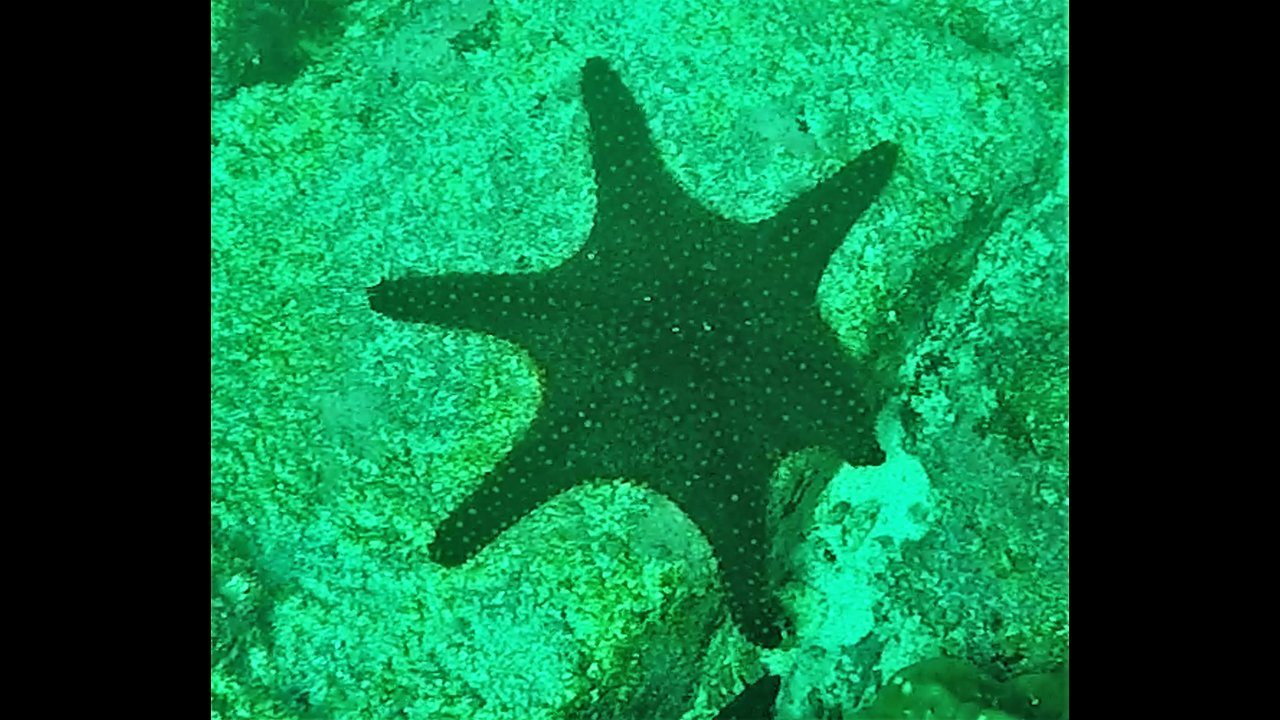
Scientists find mutated starfish with six arms in Galapagos Islands
Starfish are invertebrates with a central disc and five arms. There are species that have a larger number of arms, but this is a crown-of-thorns starfish that is a five armed species. Scientists have debated that this six armed specimen is actually a sub species known as "luidia superba", having first been documented in 1888 of the Pacific coast of Colombia in a single sighting. Although these creatures have not been seen there since, they have recently been found in significant numbers in the Galapagos Islands.
These snorkelers were on a tour in the area of Espanola Island in the Galapagos when their guide described the unique creature and explained that there had been some sightings of the animal nearby. Three were sighted that day among thousands of specimens with five arms.
Researchers began seeing the six armed starfish in 1977 in a cove off Isabella Island. Sightings have increased in the last 40 years, prompting a debate about the reason for the extra appendage. Some researchers argue that it is a genetic mutation that has led to the development of the sixth arm. Others maintain that the species existed all along but had not been documented or observed frequently due to its rarity and isolated populations.
The Galapagos Islands are a unique part of the world because they are relatively young islands, formed in the middle of the ocean through volcanic activity. Land masses that emerged out of the depths of the ocean had no animal life or vegetation. Every single species that now exists on the islands or in the waters surrounding them is cut off from the rest of the world by the vast distance to other land. Too far for most animals to swim or fly, this means that almost all species arrived on floating masses of vegetation or a similar means. They remain completely isolated from other populations and the result is that they have evolved uniquely since the time of their arrival. This adaptation and evolution has provided the world with many clues to our origins. These islands were crucial to Charles Darwin's entire theory of evolution and our understanding of life on earth.
-
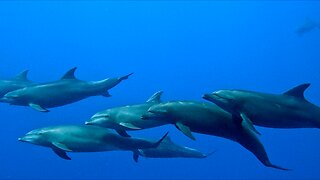 1:55
1:55
WildCreatures
13 days ago $0.93 earnedDolphins and Whale Shark at the same Time Make an Unforgettable Scuba Encounter
3.01K1 -
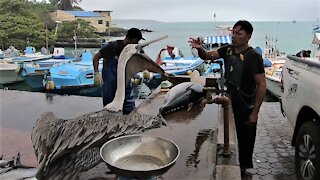 1:26
1:26
GalapagosGuys
4 years ago $6.90 earnedKindly fisherman shares with begging pelicans at Galapagos Islands fish market
11.6K -
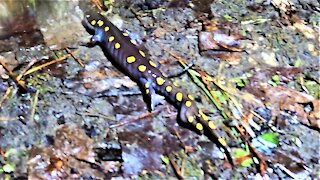 0:25
0:25
WildCreatures
3 years ago $10.52 earnedResearchers find mutated salamander growing an extra leg
7.26K21 -
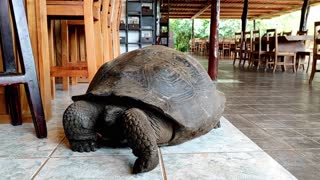 1:38
1:38
WildCreatures
3 years ago $21.52 earnedGigantic Galapagos tortoise casually strolls through a restaurant
315K130 -
 0:59
0:59
WildCreatures
3 years ago $16.67 earnedYoung girls receive a visit from gigantic Galapagos tortoise
8.6K16 -
 1:12
1:12
GalapagosGuys
3 years ago $7.38 earnedGiant Galapagos tortoise takes a stroll down bike path
214K84 -
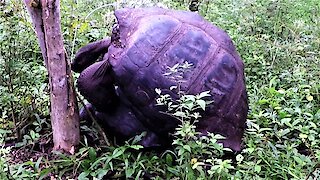 0:57
0:57
WildCreatures
4 years ago $12.98 earnedAmorous Giant Galapagos Tortoises knock a tree down with their enthusiasm
5.17K8 -
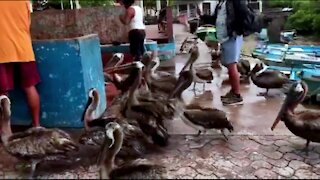 1:03
1:03
GalapagosGuys
3 years ago $1.70 earnedHungry pelicans at Galapagos fish market swarm generous fishermen
2.22K3 -
 1:16
1:16
GalapagosGuys
4 years ago $2.34 earnedHungry pelicans swarm kindly fishermen at Galapagos market
5.61K7 -
 0:46
0:46
GalapagosGuys
4 years ago $4.39 earnedPelicans make laughing sounds as Galapagos fishermen share their catch
2.62K